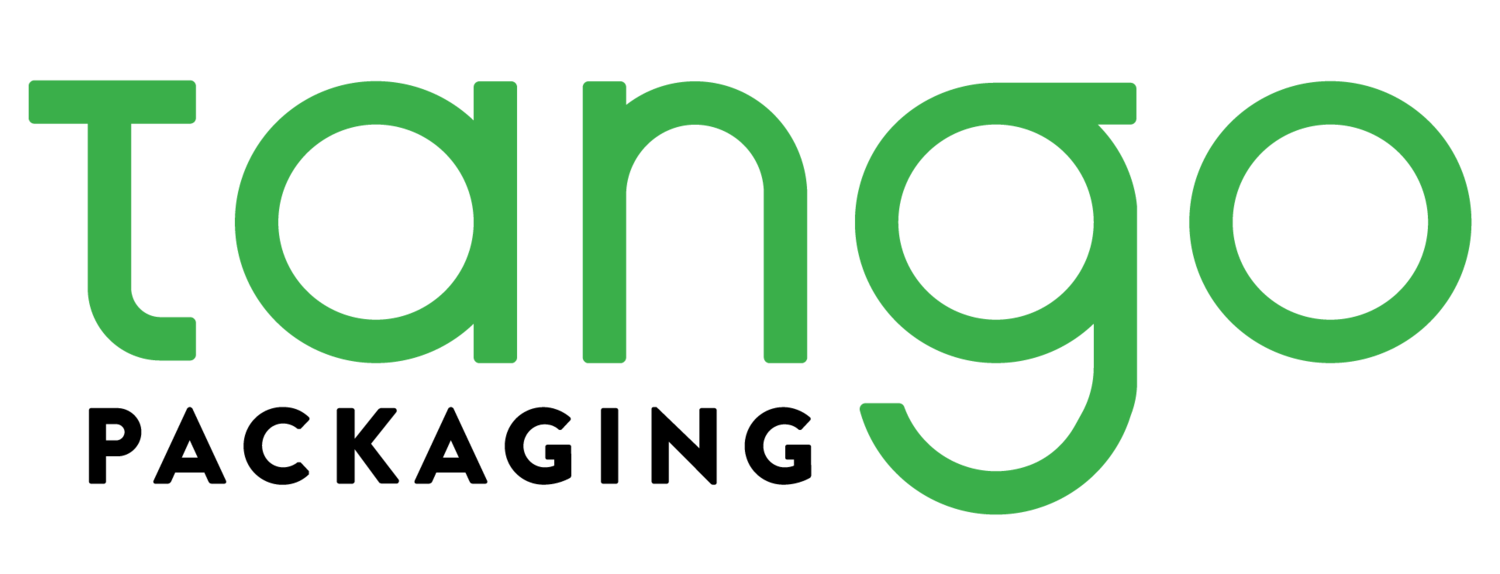The Ins And Outs Of Digital Print For Shrink Sleeve Labels
In the world of label printing processes, digital is on the rise.
What’s so special about this process? How does it work? And why is it so popular, especially for small businesses?
Process
Digital printing is just one of the three big options for label printing.
The other two processes are flexographic and rotogravure printing.
Unlike those methods, digital printing presses don’t require any plates or cylinders. In fact, digital aqueous printing works much like the inkjet printer you may have in your own home.
The printer applies four ink colors (CYMK) in a dot pattern, mixing them directly onto the label material to produce the desired design in a wide range of colors.
After the ink is laid down, the image is air dried. Often, heat is used to adhere the image to the material. Varnishes and laminates can add additional protection and durability to the label.
UV inkjet printing is another digital printing option that cures the image by exposing it to UV light, rather than air drying it. This also produces a very durable image.
Advantages
The advantages of digital print are vast:
Quicker lead times and faster turnaround than traditional printing.
With lower required minimum quantities, digital printing allows for smaller runs. This can be more cost-effective and allows businesses to print flexibly. They can print what they need whenever they need it, rather than having to schedule a large run further out.
Doesn’t require any plates, which means you can make quick and affordable variations, such as different SKUs, serial numbers, promotionals, flavors, etc.
By requiring less energy, digital printing has a lower environmental impact than other printing processes. Plus, the fact that it is easier and more affordable to produce shorter printing runs, digital printing can reduce waste and further increase sustainability.
Though digital printing was lower quality when it first came on the scene, advances in technology have led digital printing to match or even exceed the quality and resolution of flexographic or rotogravure printing.
Since each print is created individually, every print is the same, without the variation in quality or appearance that can occur as plates or drums age.
Disadvantages
While digital printing is a great fit for many applications, it's not viable for every product.
Digital printing can mix colors to create a wide variety of options, but it unfortunately cannot provide exact Pantone® color-matching.
Digital printing can only be used with certain materials, and lamination or foiling has to be done through a separate process.
This method isn’t ideal for larger runs. Digital printing presses only run at 50 feet maximum per minute, whereas traditional presses can run at 300-500 feet per minute. While the slower speed works well with small runs, it is very expensive and inefficient for larger runs.
Digital inks tend to fade more quickly than traditional inks when exposed to sunlight. The opacity of traditional inks is higher than that of digital ink, since digital ink is naturally thinner. However, laminations can help prevent this issue.
Which Printing Process is Right For You?
Is digital printing the right choice for your product?
We’re here to help you as you decide on the best printing process for your labels, and—no matter which process you choose—we are here to help you make your vision a reality with our full rotogravure, flexographic, and digital printing services.
Step 1. Schedule a packaging consultation with one of our packaging experts to discuss your product packaging needs in light of the printing methods available.
Step 2. We’ll send you complimentary samples.
Step 3. We’ll provide you with a quote.
Schedule your complimentary consultation by filling out our contact form, emailing us at info@tangopackaging.com, or calling (844) 33-TANGO [82646].


